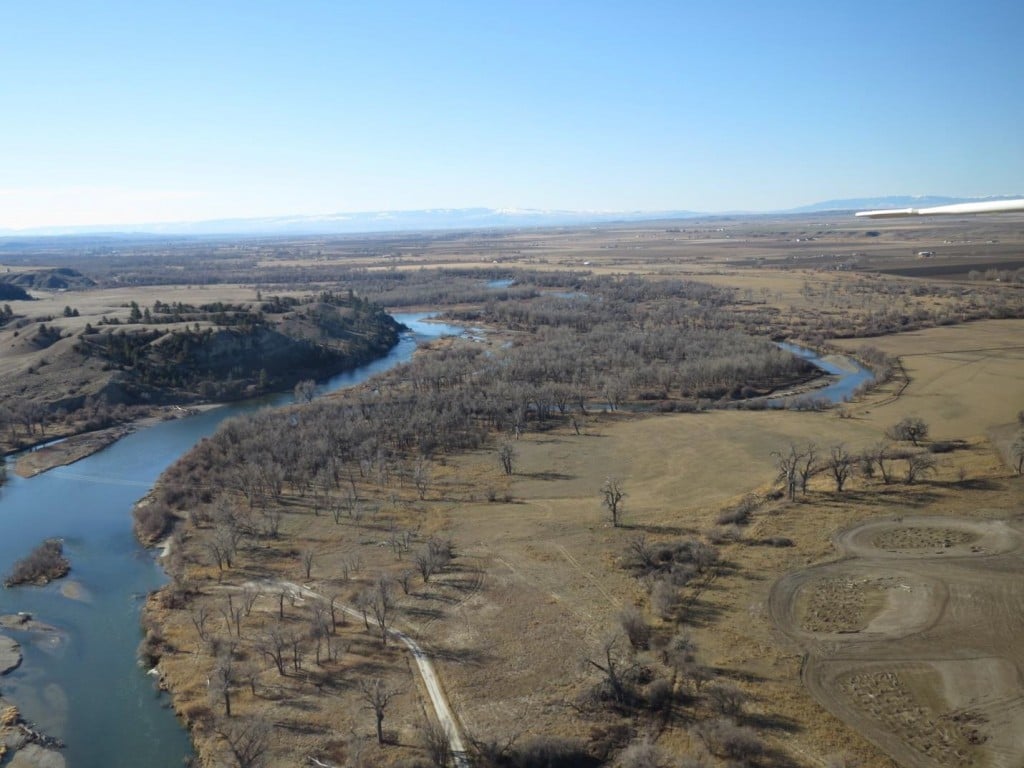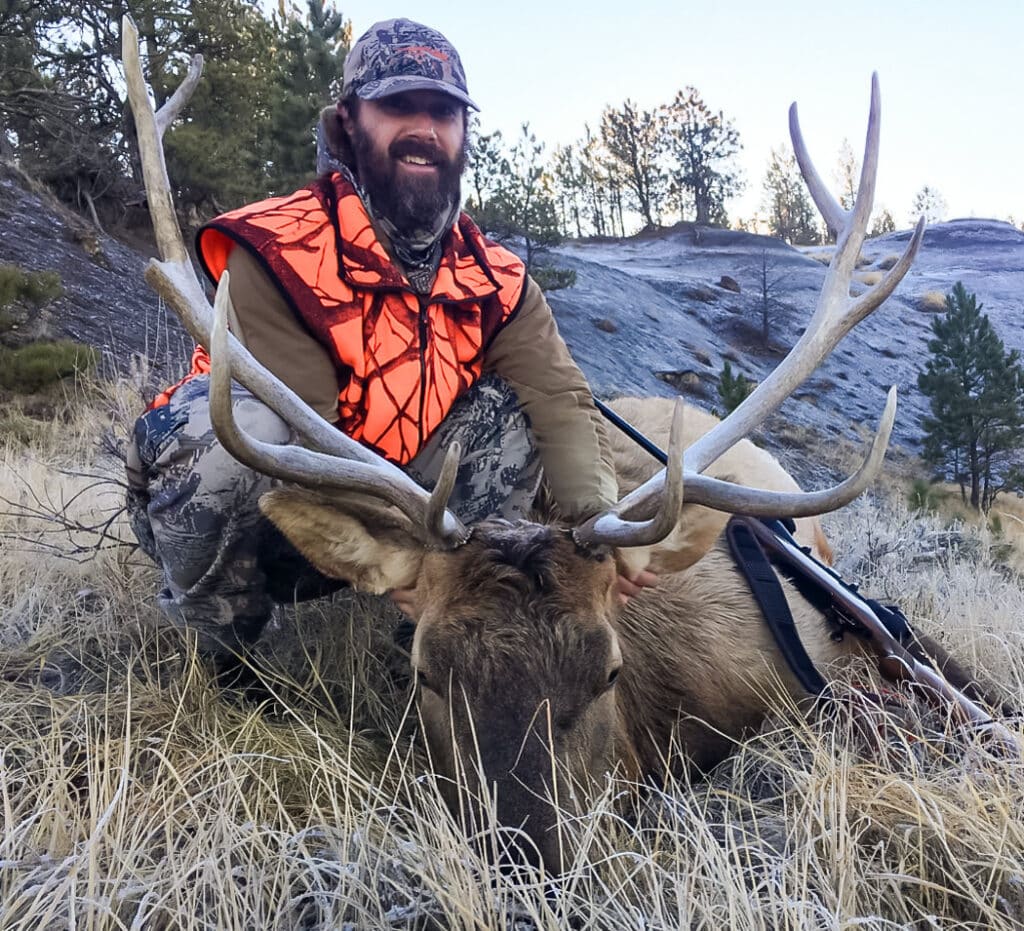
With much of eastern Montana under private ownership, quality public land around the Billings area is highly valued by hunters, anglers and wildlife enthusiasts. Grant Marsh, a Montana Fish, Wildlife and Parks public Wildlife Management Area located 50 miles southeast of Billings near Hardin, provides public hunting and fishing opportunities to thousands of Montanans.
The wildlife management area, nestled alongside the Big Horn River and surrounded by agricultural lands, provides hunting opportunity for white-tailed deer, pheasant, sharp-tail grouse and waterfowl. On the many occasions I’ve gone searching for a September grouse, I have also come across families taking advantage of the area to introduce their young children to fishing.
Now we have a chance to build on this great area to benefit all Montanans. Montana FWP is proposing to use Habitat Montana dollars to purchase 425 acres to add on to the Grant Marsh WMA. Habitat Montana uses sportsmen’s dollars to acquire conservation easements, leases and select purchases suitable for game, bird, fish restoration, propagation or protections and for public hunting, fishing or trapping areas.
The proposed 425 acres borders the south end of the current 141 acre WMA, creating a large block of wildlife habitat. If approved, the pieced-together parcels would create the largest block of public land along the Bighorn River and provide a boat launch, ponds, hunting opportunities and wildlife habitat for thousands of Montanans to enjoy.
Quality public wildlife habitat that provides hunting and fishing opportunities in eastern Montana is becoming rarer. We have a unique opportunity to increase public land, water and access while providing quality habitat for future generations to enjoy. Having places open to the public where future generations can go to experience the best of what of Montana has to offer is something we can all get behind.
The Montana Fish and Wildlife Commission approved the purchase this week, and it goes to the State Land Board for final approval on Monday, April 17. We are hopeful our public officials see the value in adding to our wildlife and public lands heritage and approve this worthy project.
John Bradley is the Eastern Montana Field Representative for the Montana Wildlife Federation. Contact him at jbradley@mtwf.org


